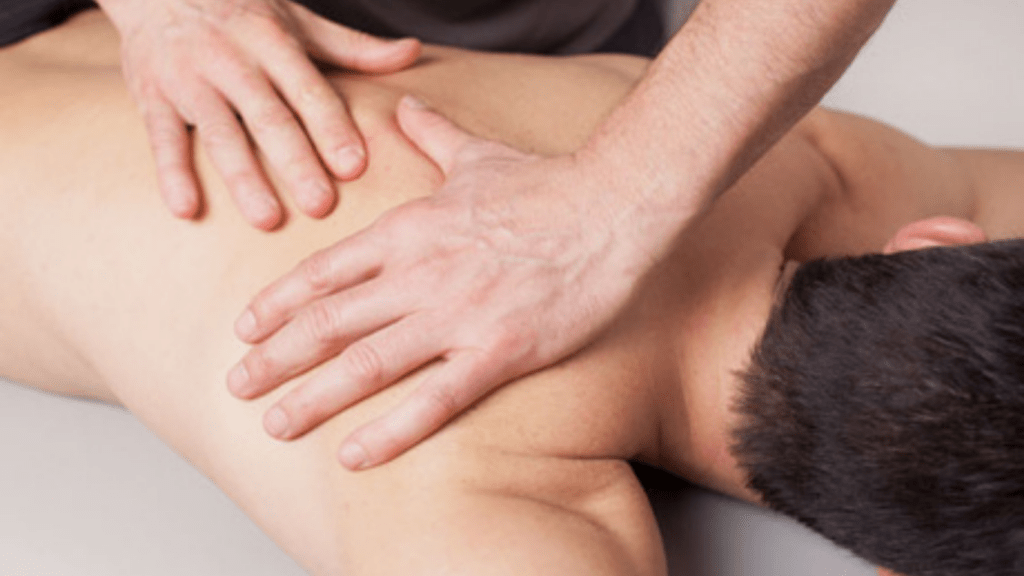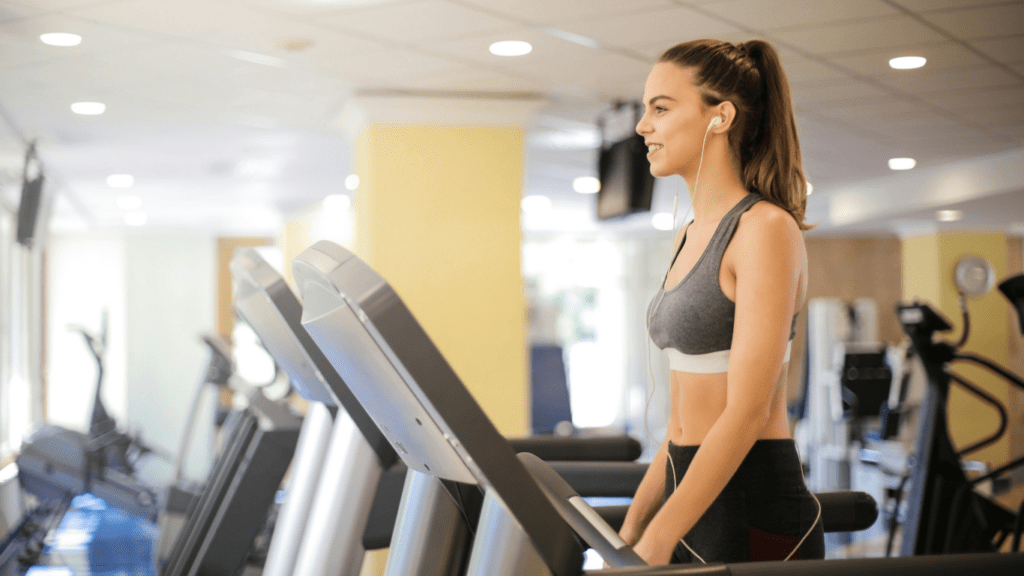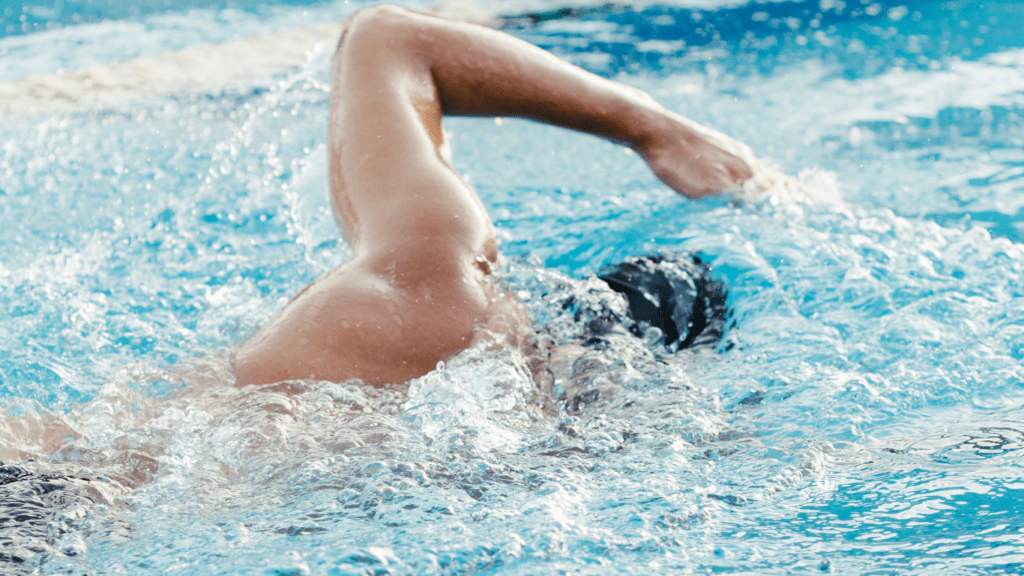In the quest for fitness, we often focus on workouts and nutrition, but recovery is just as crucial. It’s during recovery that our bodies repair, rebuild, and ultimately grow stronger. If we neglect this essential phase, we risk injuries and stagnation in our progress.
I’ve discovered that implementing effective recovery practices can significantly enhance my fitness gains. Whether it’s through proper sleep, hydration, or active recovery techniques, each element plays a vital role in optimizing performance.
In this article, I’ll share the best recovery strategies that have worked for me, helping you maximize your results and keep you on track toward your fitness goals.
Overview of Recovery in Fitness
Recovery plays a vital role in optimizing fitness gains. It serves as the phase where the body repairs and strengthens itself after exertion. Neglecting recovery can lead to injuries, fatigue, and stagnated progress. Key components of recovery include adequate sleep, proper nutrition, hydration, and active recovery techniques.
- Sleep: Sleep restores energy, repairs muscle tissue, and balances hormones. Aim for 7 to 9 hours of quality sleep each night to support recovery.
- Hydration: Staying hydrated helps maintain optimal performance and recovery. Drink water consistently throughout the day, especially before and after workouts.
- Nutrition: Consuming a well-balanced diet rich in protein, carbohydrates, and healthy fats fosters muscle recovery. Incorporate protein sources like lean meats, dairy, and legumes within 30 minutes post-workout to maximize gains.
- Active Recovery: Engaging in low-intensity activities, such as walking or stretching, promotes circulation and reduces soreness. Incorporate active recovery days into the weekly routine.
- Muscle Massage: Utilizing foam rollers or massage tools can alleviate muscle tension and improve flexibility. Schedule regular sessions to enhance overall recovery.
- Rest Days: Allocating rest days allows the body to recover fully. Incorporate at least one full rest day each week to prevent overtraining.
Incorporating these recovery practices into my fitness routine supports healing and enhances overall performance, leading to improved fitness outcomes.
Importance of Recovery Practices
Recovery practices play a vital role in a successful fitness journey. They ensure the body heals and adapts to the stresses of training while also supporting overall well-being.
Physical Recovery
Physical recovery focuses on restoring the body after intense workouts. Adequate sleep fosters muscle healing, improves cognitive function, and boosts energy levels. Aim for 7-9 hours of quality sleep each night.
Proper nutrition supports recovery by supplying essential nutrients. A balanced diet with protein, carbohydrates, and healthy fats enhances muscle repair and replenishes energy stores. Hydration helps maintain optimal performance and assists in nutrient transport.
Drink water consistently throughout the day, especially before and after workouts. Active recovery techniques, like walking, cycling, or yoga, promote blood flow and reduce muscle soreness. Scheduling regular rest days prevents overtraining, allowing muscles and joints to recover and adapt.
Mental Recovery
Mental recovery is as crucial as physical recovery. Stress management techniques, such as mindfulness or meditation, improve mental clarity and reduce anxiety. Incorporating leisure activities enhances mood and fosters a healthy mindset.
Engaging in hobbies or spending time with friends and family helps alleviate stress. Taking breaks from training prevents mental burnout. These breaks can refresh motivation and enhance focus, ultimately boosting workout performance. Balancing training intensity with mental downtime supports long-term fitness success.
Types of Recovery Practices
Recovery practices come in two primary forms: active recovery techniques and passive recovery methods. Each plays a crucial role in maximizing fitness gains and overall well-being.
Active Recovery Techniques
Active recovery involves low-intensity activities that promote blood flow and reduce muscle soreness. Incorporating these techniques aids in faster recovery without adding significant strain to the body. Effective active recovery methods include:
- Walking: Short walks after intense workouts improve circulation and help clear lactic acid from muscles.
- Light cycling: Gentle cycling enhances endurance while keeping heart rates in a recovery zone.
- Yoga: Stretching and relaxation post-exercise improve flexibility and reduce muscle tension.
Engaging in activities like swimming or light jogging can also facilitate recovery, ensuring muscles remain active without overexertion.
Passive Recovery Methods
Passive recovery focuses on minimizing physical exertion and prioritizing rest. This approach is essential for tissues to repair and rebuild. Key passive recovery methods include:
- Sleep: Quality sleep restores energy levels and supports muscle recovery by promoting anabolic hormone production.
- Hydrotherapy: Immersion in warm water or ice baths can alleviate soreness, accelerate recovery, and manage inflammation.
- Massage therapy: Regular massages enhance circulation and reduce muscle tightness, promoting relaxation and physical recovery.
Implementing these passive recovery methods allows for optimal healing and prepares the body for subsequent workouts.
Nutrition for Optimal Recovery
Nutrition plays a vital role in the recovery process, affecting how well the body heals and adapts after physical exertion. A well-balanced diet supports muscle repair, replenishes energy, and promotes overall health.
Key Nutrients for Recovery
- Proteins: Proteins are essential for muscle repair and growth. Consuming 20 to 30 grams of high-quality protein after workouts stimulates muscle protein synthesis. Sources include chicken, fish, eggs, dairy products, and legumes.
- Carbohydrates: Carbohydrates replenish glycogen stores used during intense exercise. A combination of complex and simple carbs, totaling 1.0 to 1.2 grams per kilogram of body weight, supports recovery. Opt for fruits, whole grains, and starchy vegetables.
- Fats: Healthy fats aid in inflammation reduction and overall recovery. Incorporating sources like avocados, nuts, seeds, and olive oil contributes to long-term health. Aim for fats to comprise 20% to 35% of total caloric intake.
- Vitamins and Minerals: Micronutrients play crucial roles in recovery and metabolic processes. Vitamins C and E, along with minerals like magnesium and zinc, support the immune system and muscle repair. Consuming a variety of colorful fruits and vegetables ensures adequate intake of these essential nutrients.
Hydration Strategies
- Pre-Workout Hydration: Hydrating before exercise sets the stage for optimal performance. Drinking 500 to 600 milliliters of water two to three hours before a workout helps maintain fluid balance.
- During Exercise: Consuming 200 to 300 milliliters of water every 10 to 20 minutes during workouts maintains hydration levels. For longer sessions, electrolyte drinks can replace lost salt and minerals.
- Post-Workout Rehydration: Replenishing fluids after workouts speeds up recovery. Aim for 1.5 liters of fluid for every kilogram of body weight lost during exercise. Including electrolyte-rich beverages aids in restoring balance.
- Thirst Cues: Listening to thirst cues allows for proper hydration throughout the day. Monitoring urine color can indicate hydration status; pale yellow suggests adequate hydration.
Implementing these nutrition and hydration strategies enhances recovery and supports ongoing fitness gains.
Sleep and Its Role in Recovery
Sleep serves as a foundational component of recovery. Adequate sleep restores energy levels and repairs muscle tissue, both essential for maximizing fitness gains. Research indicates that adults require seven to nine hours of quality sleep per night for optimal recovery (National Sleep Foundation).
Prioritizing sleep allows the body to undergo key restorative processes. During sleep, the body releases growth hormones that stimulate tissue growth and muscle repair. Sleep also boosts immune function, reducing the risk of illness and injury that can derail fitness progress.
Best Recovery Practices to Maximize Fitness Gains
Implementing effective recovery practices accelerates fitness gains and enhances overall performance. Here are the best strategies to consider:
Active Recovery Techniques
- Engaging in low-intensity activities helps promote blood flow and reduces muscle soreness. Activities include walking, light cycling, and yoga.
- Using foam rollers or massage balls alleviates tension and improves muscle flexibility. These tools enhance circulation and speed up recovery.
- Incorporating stretching routines after workouts maintains flexibility and prevents stiffness. Targeting major muscle groups aids mobility.
Passive Recovery Methods
- Prioritizing quality sleep supports muscle repair and energy restoration. Aim for seven to nine hours of uninterrupted sleep each night.
- Exploring hydrotherapy through warm baths or contrast showers can aid recovery. Hydrotherapy relaxes muscles and reduces inflammation.
- Scheduling regular massage therapy sessions decreases muscle soreness and enhances relaxation. Massage improves blood flow and encourages healing.
Nutrition Strategies
- Consuming protein-rich foods aids muscle repair. Include sources like chicken, fish, eggs, or plant-based proteins in each meal.
- Incorporating carbohydrates replenishes glycogen stores after exercise. Opt for whole grains, fruits, and vegetables to sustain energy levels.
- Adding healthy fats supports cell recovery and reduces inflammation. Include avocados, nuts, and olive oil in meals for balanced nutrition.
Hydration Techniques
- Staying hydrated before, during, and after workouts is critical for optimal performance. Drink water consistently, aiming for at least half your body weight in ounces daily.
- Consuming electrolyte-replenishing drinks during intense workouts prevents dehydration and maintains electrolyte balance. Sports drinks can be beneficial for prolonged exercise sessions.
- Tracking fluid intake ensures optimal hydration levels, especially in hot climates. Monitor your body’s hydration status by checking urine color.
Mental Recovery Practices
- Engaging in mindfulness or meditation reduces stress and enhances mental clarity. Allocate fifteen minutes daily for these practices to support mental well-being.
- Taking breaks from training allows time for mental refreshment. Engaging in leisure activities or hobbies reduces the risk of burnout.
- Setting realistic goals for fitness endeavors improves motivation and reduces anxiety. Focus on achievable milestones for sustained progress.
Integrating these best recovery practices into my routine fosters not only physical recovery but also supports mental resilience, ultimately amplifying fitness gains and enhancing overall well-being.




